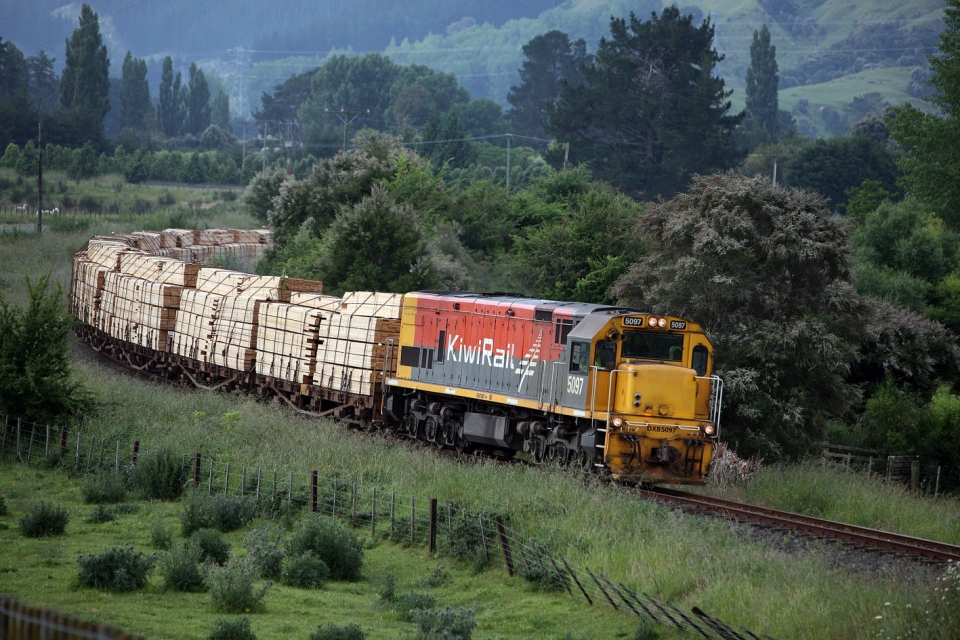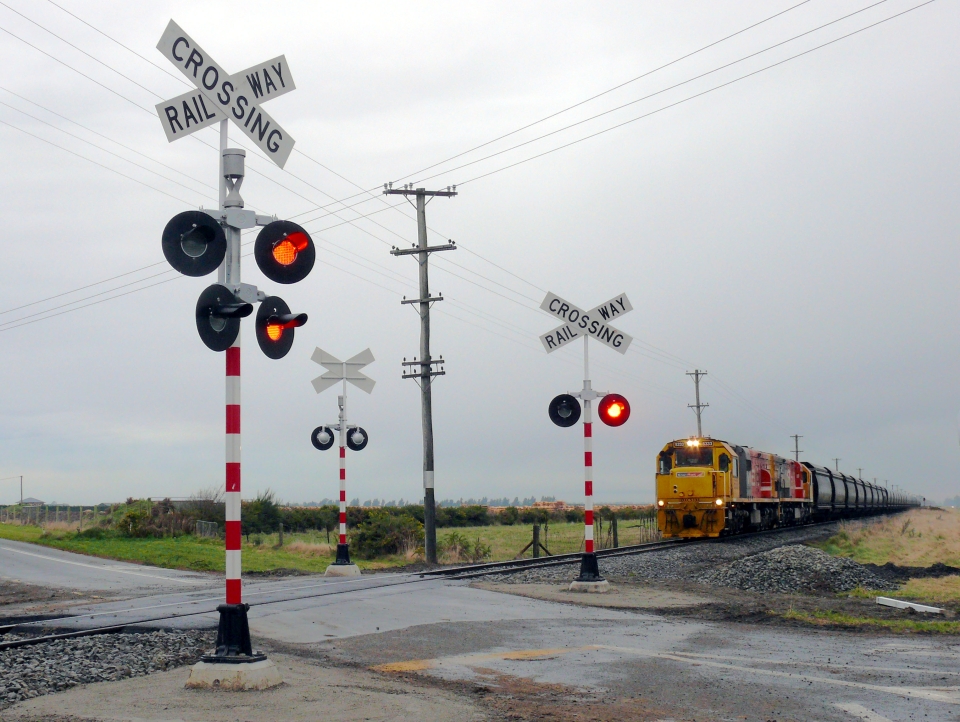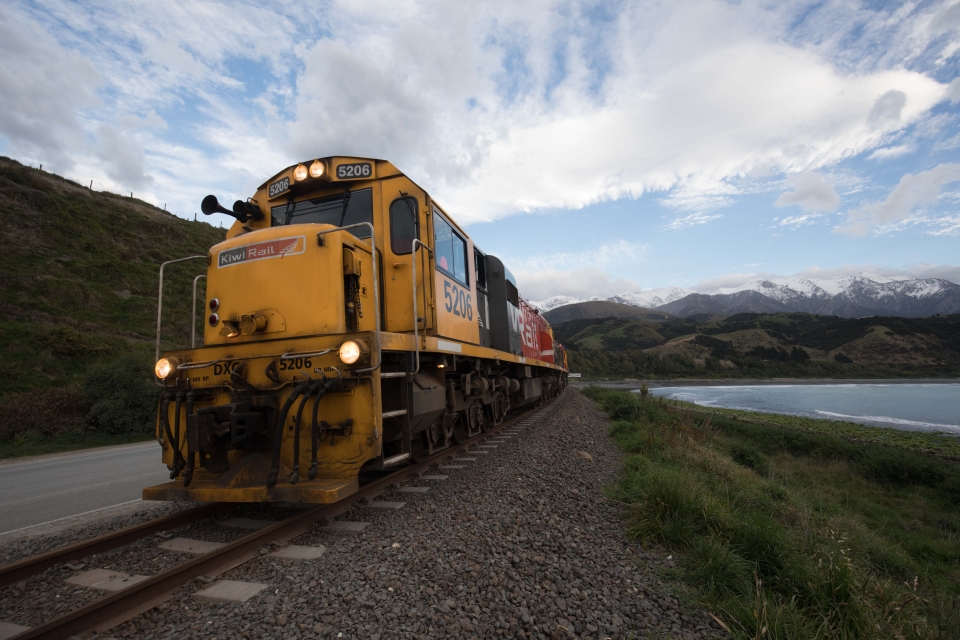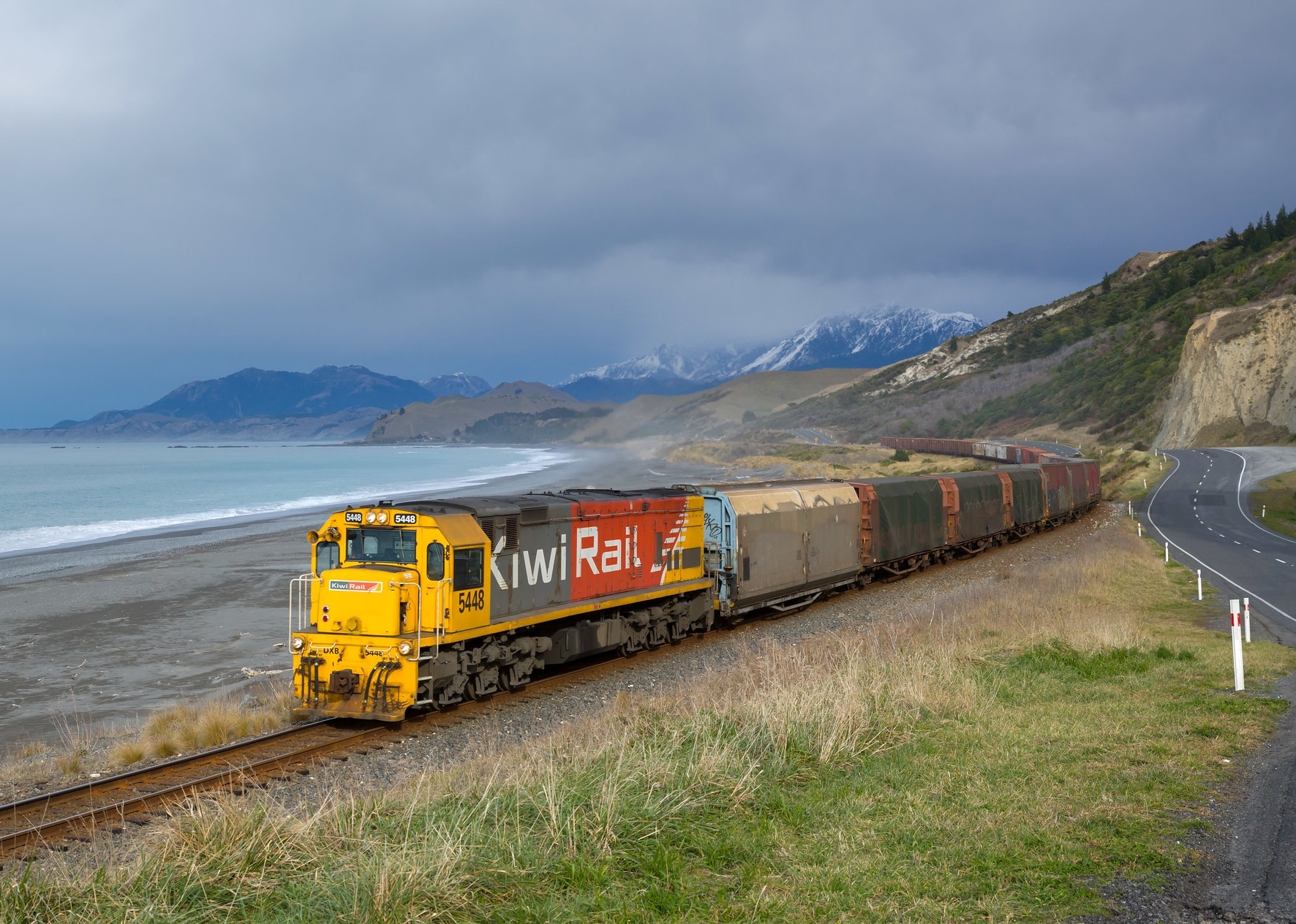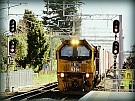Rail transport is an important part of New Zealand’s transport network. The nationwide rail network of 4,128km of track links 50 towns and cities in the North and South Islands and is connected by the inter-island ferries. The main use of the rail network is to move bulk freight. 18 million tonnes of freight are moved by rail each year.
Rail transport played an important role in developing New Zealand’s economy, and opening up access to inland areas. Rail allowed industries to move products between places and to major seaports where they could then be exported.
As road trucks have got bigger and can carry more than in the past, they have replaced the need for some freight trains. Freight trains are still able to carry more than trucks, so trains can be used for transporting:
- coal
- milk
- dairy products
- wood and timber products
- iron
- steel
- meat.
Rail moves about 16% of New Zealand's total freight.
Why isn’t more of our freight transported by rail?
Until the 1980s, the government had laws that meant that freight had to be transported by rail. Since this time trucks have become more popular. Trucks can take freight directly from one place to another and take less time than trains.
Sometimes freight from trains needs to be transferred on to trucks to get it to where it needs to go.
New Zealand’s rail network is limited due to the mountainous terrain it must travel over and the narrow track gauge. This often means there are speed restrictions on train tracks making trains slower than road vehicles.
Trains need to be loaded carefully to ensure the weight is balanced so wagons do not derail on steep corners.
The future
New loading and braking technology will help trains to carry more wagons with more weight in the future.
Staying Connected
Natural events such as earthquakes, floods and landslides can damage rail and road connections. The 2016 Kaikōura earthquake caused severe damage to State Highway 1 and the Main North Line rail link between Christchurch and Picton. There were 60 sites along this line needing major repairs, including tunnels and bridges. The impact on local communities was devastating as they struggled to keep going while cut off from the rest of the country. The rail link and highway were rebuilt. This event showed how important rail and road connections are.
Napier to Wairoa
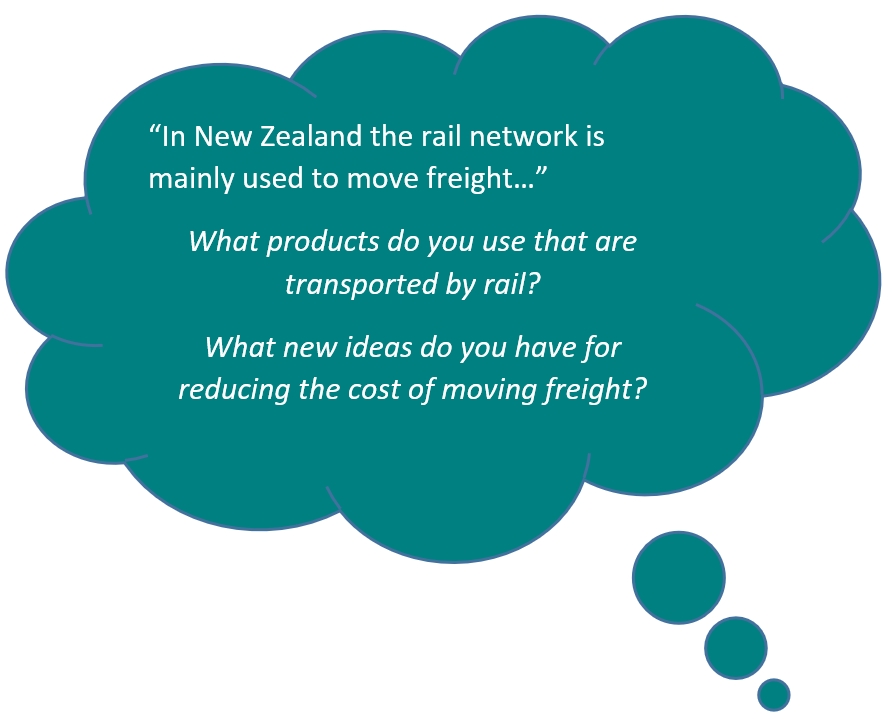 The rail link between Napier and Gisborne was badly damaged in a storm in 2012 and was closed. This line has now been repaired and reopened between Napier and Wairoa. This line will be used to transport logs from forest blocks. Using this rail link to move logs could take up to 5,714 trucks a year off the road, and reduce carbon emissions by nearly 1300 tonnes.
The rail link between Napier and Gisborne was badly damaged in a storm in 2012 and was closed. This line has now been repaired and reopened between Napier and Wairoa. This line will be used to transport logs from forest blocks. Using this rail link to move logs could take up to 5,714 trucks a year off the road, and reduce carbon emissions by nearly 1300 tonnes.
Ready for a quiz? Try the 'Moving Freight' activity.

